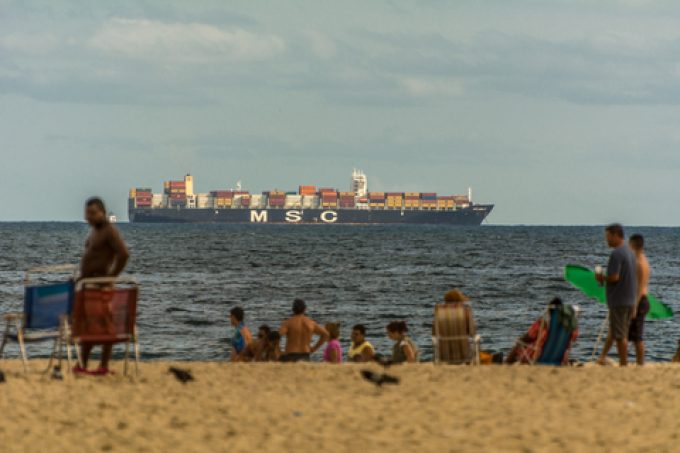Forwarders expect surcharges as ocean spot rates continue to slide
Spot container freight rates on the transpacific and Asia-Europe trades continued to soften this week, ...

MSC is doubling down on its 2025 strategy of offering shippers and forwarders as many port pairs as possible after publishing today an updated proforma 2025 network schedule.
The changes see new load ports added to its Asia-Europe and transpacific services, new destination ports added in ...


Comment on this article